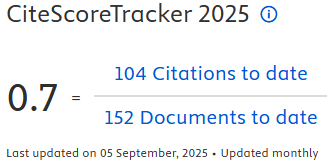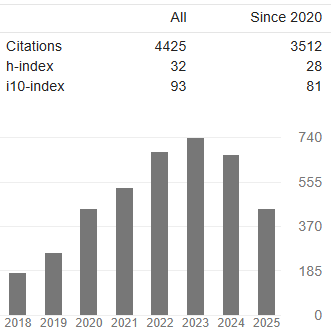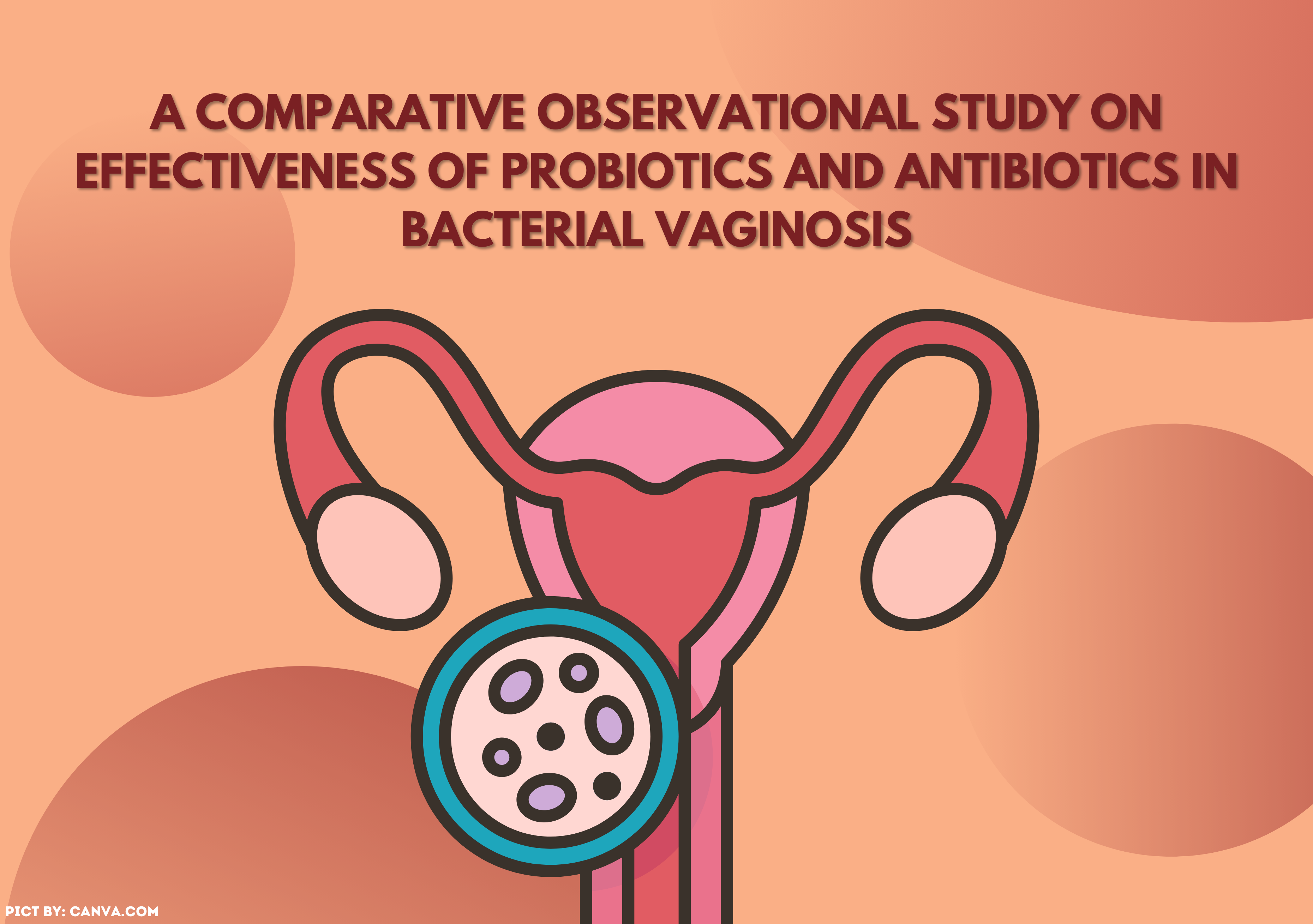KNOWLEDGE OF RATIONAL USE OF MEDICINE AMONG NURSING STUDENTS

Introduction: Rational use of medicine (RUM) is critical for achieving therapeutic goals and avoiding unwanted effects. However, irrational medicine use is becoming a severe issue worldwide since it leads to increased medical costs and unwanted effects. Students as prospective professional nurses need to have knowledge that supports the rational use of medicine to ensure rational administration of the medicine for patients. Methods: This descriptive research was conducted to identify knowledge of rational use of medicine among nursing students of Faculty of Nursing Universitas Padjadjaran. Quantitative data was collected by asking respondents to fill out questionnaires. A total of 285 respondents had filled out an online research questionnaire (response rate=76.61%). The collected data were analyzed with descriptive analysis (frequency, percentage, and average). Result: The results of this study showed that there is some knowledge related to (RUM) which is not appropriate, such as assuming that over the counter medicines are safe to consume with prescribed medicines (53.3%); tablet medicines can be divided to be administered in child patients (57.9%). In addition, almost all respondents considered it unnecessary to be cautious in giving medication to pregnant and lactating mothers (41.1%) and the elderly (40.4%). Conclusion: Thus, nursing students are expected to gain RUM knowledge to obtain better RUM attitudes and behaviors in providing nursing interventions.
Asfaan, A. (2014). Knowledge, attitude and practice regarding the rational use of medicines in H Dh Vaikaradhoo, Maldives. Faculty of Health Sciences,
Bhattacharyya, N. (2019). Generic versus branded medicines. doi:10.31741/ijhrmlp.v5.i1.2018.1
Burki, M. R., Shakeel, S., Hayat, S., Khan, A. H., Iqbal, M. S., & Khan, J. J. M. S. (2020). Evaluation of knowledge, attitude and practices of university students towards rational use of medicines. 24(106), 4425-4437.
Chaudhari, V. L., Mali, S. N., Dawari, A. V., & Nishandar, T. B. (2017). Awareness about rational use of medicines among fresh Bachelor of Medicine and Bachelor of Surgery graduates. Journal of education and health promotion, 6, 94-94. doi:10.4103/jehp.jehp_59_17
Dakhale, G., Pimpalkhute, S., Bajait, C., & Raghute, L. J. J. o. Y. P. (2016). Evaluation of knowledge, attitude and practice of rational use of medicine among interns and resident doctors in a tertiary care teaching hospital. 8(2), 114.
Dewi, D. A. P. S., Arimbawa, P. E., & Jaelani, A. K. J. J. E. (2018). Evaluation Of Drugs Use With Who Prescribing Indicator In Kuta Primary Health. 3(3), 483-489.
Gikonyo, D., Gikonyo, A., Luvayo, D., & Ponoth, P. J. A. H. S. (2019). Drug expiry debate: the myth and the reality. 19(3), 2737-2739. doi: https://dx.doi.org/10.4314/ahs.v19i3.49
Herliani, Y. K., Harun, H., Setyawati, A., & Ibrahim, K. J. J. N. (2018). Self-Efficacy and the Competency of Nursing Students Toward the Implementation of Evidence-Based Practice. 13(1), 50-56. doi:http://dx.doi.org/10.20473/jn.v13i1.6359
Kalyango, J. N., Lindstrand, A., Rutebemberwa, E., Ssali, S., Kadobera, D., Karamagi, C., . . . hygiene. (2012). Increased use of community medicine distributors and rational use of drugs in children less than five years of age in Uganda caused by integrated community case management of fever. 87(5_Suppl), 36-45. doi:10.4269/ajtmh.2012.11-0733
Kanagasanthosh, K., Topno, I., & Aravindkumar, B. J. I. J. o. R. i. M. S. (2015). Prevalence of potentially inappropriate medication use and drug utilization pattern in elderly patients: a prospective study from a tertiary care hospital. 3(8), 2062. doi:http://dx.doi.org/10.18203/2320-6012.ijrms20150328
Koenraadt, R., van de Ven, K. J. D. E., Prevention, & Policy. (2018). The Internet and lifestyle drugs: an analysis of demographic characteristics, methods, and motives of online purchasers of illicit lifestyle drugs in the Netherlands. 25(4), 345-355. doi:10.1080/09687637.2017.1369936
Mahato, S., & Bajracharya, S. J. J. o. C. M. C. (2020). Over the counter drugs: awareness and practice among the adults of Mushahar community. 10(2), 14-18. doi:https://doi.org/10.3126/jcmc.v10i2.29662
Mahmood, A., Elnour, A. A., Ali, A. A. A., Hassan, N. A., Shehab, A., & Bhagavathula, A. S. J. S. P. J. (2016). Evaluation of rational use of medicines (RUM) in four government hospitals in UAE. 24(2), 189-196. doi:doi.org/10.1016/j.jsps.2015.03.003
Ministry of Health of Republic of Indonesia, K. K. R. I. (2013). Riset Kesehatan Dasar 2013.
Morin, L., Fastbom, J., Laroche, M. L., & Johnell, K. J. B. j. o. c. p. (2015). Potentially inappropriate drug use in older people: a nationwide comparison of different explicit criteria for population"based estimates. 80(2), 315-324. doi:doi.org/10.1111/bcp.12615
Musharyanti, L., Claramita, M., Haryanti, F., & Dwiprahasto, I. J. J. o. T. U. M. S. (2019). Why do nursing students make medication errors? A qualitative study in Indonesia. 14(3), 282-288. doi:https://doi.org/10.1016/j.jtumed.2019.04.002
Nayir, T., Okyay, R. A., Yesilyurt, H., Akbaba, M., Nazlıcan, E., Acık, Y., & Akkus, H. I. J. P. J. P. S. (2016). Assessment of rational use of drugs and self-medication in Turkey: a pilot study from Elazıg and its suburbs. 29(4 Suppl), 1429-1435.
Shah, P., Shrestha, R., Mao, Z., Chen, Y., Chen, Y., Koju, P., . . . health, p. (2019). Knowledge, Attitude, and Practice Associated with Antibiotic Use among University Students: A Survey in Nepal. 16(20), 3996.
Sontakke, S. D., Budania, R. J., Paranjape, S. G. J. I. J. o. B., & Pharmacology, C. (2013). Evaluation of knowledge, attitude and behavior about rational use of medicines in second year medical students. 2(5), 617. doi:10.5455/2319-2003.ijbcp20131019
Suba, S., & Scruth, E. A. (2015). A New Era of Nursing in Indonesia and a Vision for Developing the Role of the Clinical Nurse Specialist. 29(5), 255-257. doi:10.1097/nur.0000000000000146
Sumaila, A.-N., & Tabong, P. T.-N. J. B. r. n. (2018). Rational prescribing of antibiotics in children under 5 years with upper respiratory tract infections in Kintampo Municipal Hospital in Brong Ahafo Region of Ghana. 11(1), 443. doi:doi.org/10.1186/s13104-018-3542-z
Tengilimoğlu, D., Tekin, P. Åž., Zekioğlu, A., & Kılıç, T. D. J. O. A. M. J. o. M. S. (2020). Consumer Awareness, Attitude, and Behavior Related to the Rational Use of Medicines in a Developing Country Context: The Case of Turkey. 8(E), 162-171. doi:https://doi.org/10.3889/oamjms.2020.3912
Ulupinar, S., & Akici, A. J. T. K. F.-Ö. K. (2015). Hemşirelik uygulamalarında akılcı ilaç kullanımı. 3(1), 84-93.
Unver, V., Başak, T., Ä°yigün, E., Taştan, S., Demiralp, M., Yıldız, D., . . . Çelikel, A. S. J. N. e. t. (2013). An evaluation of a course on the rational use of medication in nursing from the perspective of the students. 33(11), 1362-1368.
Uzuntarla, Y., & Cihangiroğlu, N. J. T. P. M. B. (2016). Hemşirelerin akılcı ilaç kullanımı ile kişilik özellikleri
arasındaki ilişkinin analizi. 15(1), 1-8. doi:10.5455/pmb.1-1428420168
Vaismoradi, M., Jordan, S., Vizcaya-Moreno, F., Friedl, I., & Glarcher, M. (2020). PRN Medicines Optimization and Nurse Education. 8(4), 201.
World Health Organization. (2002). Promoting rational use of medicines: core components. from World Health Organization
Copyright (c) 2022 The Indonesian Journal of Public Health

This work is licensed under a Creative Commons Attribution-NonCommercial-ShareAlike 4.0 International License.
- The authors agree to transfer the transfer copyright of the article to The Indonesian Journal of Public Health effective if and when the paper is accepted for publication.
- Authors and other parties are bound to the Creative Commons Attribution-NonCommercial-ShareAlike 4.0 International License for the published articles, legal formal aspect of journal publication accessibility refers to Creative Commons Attribution-NonCommercial-ShareAlike 4.0 International License (CC BY-NC-SA), implies that:
- Attribution ” You must give appropriate credit, provide a link to the license, and indicate if changes were made. You may do so in any reasonable manner, but not in any way that suggests the licensor endorses you or your use.
- NonCommercial ” You may not use the material for commercial purposes.
- ShareAlike ” If you remix, transform, or build upon the material, you must distribute your contributions under the same license as the original.































